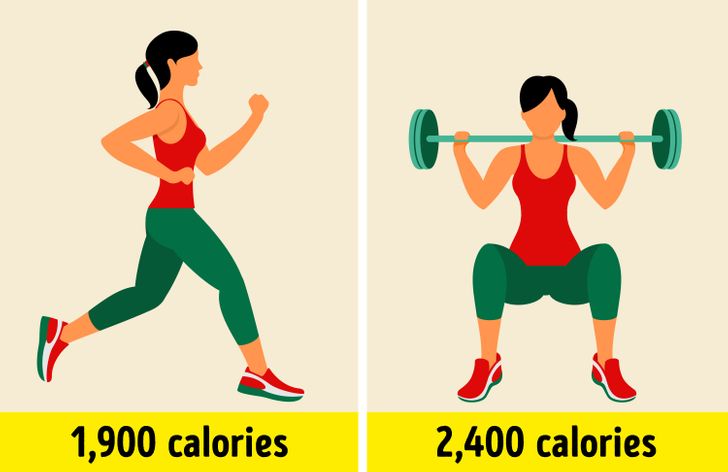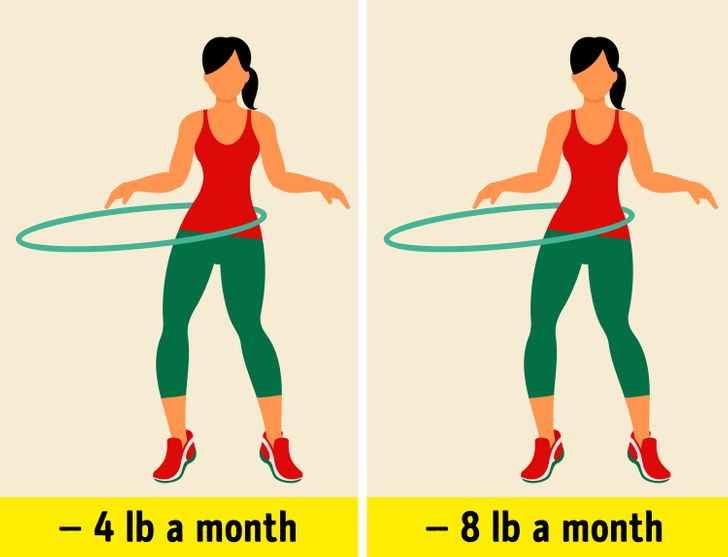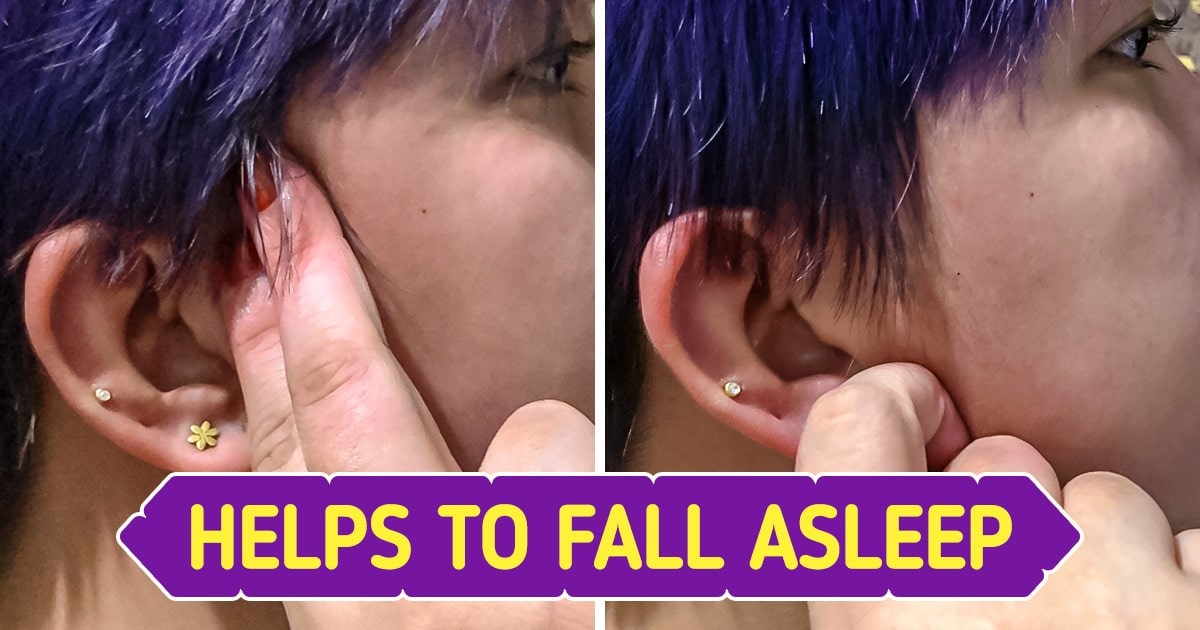In today’s fast-paced world, maintaining a healthy weight is a priority for millions. With an abundance of weight loss diets, calorie counters, and nutrition plans available, it can be challenging to know which method truly works. One approach that stands out is the use of a simple formula to calculate how many calories you can eat while still losing weight. This method not only helps you understand your body’s daily energy needs but also enables you to create a sustainable calorie deficit, leading to healthy weight loss.
The foundation of this strategy is the Mifflin-St Jeor Formula—a scientifically validated equation that estimates your Basal Metabolic Rate (BMR). Once you know your BMR, you can adjust your daily caloric intake to ensure that you’re in a calorie deficit, which is crucial for burning fat and achieving your weight loss goals. In this article, we’ll explore the science behind the Mifflin-St Jeor Formula, provide a step-by-step guide on how to use it, and share expert tips to optimize your diet and lifestyle for long-term success.
Understanding the Mifflin-St Jeor Formula for Daily Caloric Needs

The Mifflin-St Jeor Formula is widely recognized in the fields of nutrition and weight loss for its accuracy in estimating the number of calories you need to maintain your current weight. This formula calculates your Basal Metabolic Rate (BMR), which represents the number of calories your body burns at rest. Knowing your BMR is the first step in determining how many calories you should consume to create a deficit for weight loss.
What Is the Mifflin-St Jeor Formula?
The formula is expressed differently for men and women:
- For Men:
BMR = (10 × weight in kg) + (6.25 × height in cm) − (5 × age in years) + 5 - For Women:
BMR = (10 × weight in kg) + (6.25 × height in cm) − (5 × age in years) − 161
Once your BMR is calculated, you can adjust this number based on your activity level to determine your Total Daily Energy Expenditure (TDEE). Your TDEE represents the total number of calories you burn in a day, including physical activities and exercise.
Why the Mifflin-St Jeor Formula Works
- Scientific Validation: The Mifflin-St Jeor Formula has been extensively studied and is preferred by many nutrition professionals for its accuracy over older formulas like the Harris-Benedict equation.
- Personalization: The formula takes into account your weight, height, age, and gender, offering a tailored approach that considers your unique body composition.
- Practical Application: Once you know your TDEE, you can easily create a calorie deficit—typically 500 to 1,000 calories per day—to achieve a healthy weight loss of about 1 to 2 pounds per week.
For further reading on the scientific basis of the Mifflin-St Jeor Formula, you can check out resources from Mayo Clinic and Healthline.
Step-by-Step Guide: How to Use the Mifflin-St Jeor Formula for Weight Loss

Calculating your calorie needs using the Mifflin-St Jeor Formula is straightforward. Follow these steps to determine your ideal caloric intake for weight loss:
1. Gather Your Personal Information
Before you begin, collect the following details:
- Weight: Measure your weight in kilograms.
- Height: Record your height in centimeters.
- Age: Note your age in years.
- Gender: The formula differs slightly between men and women.
Accurate measurements ensure that your calculations are precise, which is vital for setting realistic and achievable weight loss goals.
2. Calculate Your Basal Metabolic Rate (BMR)
Use the appropriate formula based on your gender:
- For Men:
BMR=(10×weight in kg)+(6.25×height in cm)−(5×age in years)+5\text{BMR} = (10 \times \text{weight in kg}) + (6.25 \times \text{height in cm}) – (5 \times \text{age in years}) + 5BMR=(10×weight in kg)+(6.25×height in cm)−(5×age in years)+5 - For Women:
BMR=(10×weight in kg)+(6.25×height in cm)−(5×age in years)−161\text{BMR} = (10 \times \text{weight in kg}) + (6.25 \times \text{height in cm}) – (5 \times \text{age in years}) – 161BMR=(10×weight in kg)+(6.25×height in cm)−(5×age in years)−161
This calculation gives you an estimate of the calories your body needs at rest.
3. Determine Your Total Daily Energy Expenditure (TDEE)
Multiply your BMR by an activity factor that best represents your lifestyle:
- Sedentary (little or no exercise): BMR × 1.2
- Lightly active (light exercise/sports 1-3 days/week): BMR × 1.375
- Moderately active (moderate exercise/sports 3-5 days/week): BMR × 1.55
- Very active (hard exercise/sports 6-7 days a week): BMR × 1.725
- Super active (very hard exercise, physical job, or training twice a day): BMR × 1.9
Your TDEE gives you a baseline of how many calories you burn in a day, which is crucial for establishing a calorie deficit.
4. Create a Calorie Deficit
For weight loss, you must consume fewer calories than your TDEE. A common recommendation is to reduce your daily intake by 500 to 1,000 calories, leading to a gradual and healthy weight loss of 1 to 2 pounds per week. It’s essential to strike a balance that supports weight loss without compromising your nutritional needs.
5. Monitor and Adjust Your Intake
Once you’ve established your target caloric intake:
- Track Your Food: Use a calorie tracking app like MyFitnessPal or Cronometer to log your daily meals.
- Monitor Progress: Regularly check your weight and body measurements.
- Adjust as Needed: If weight loss stalls, consider revisiting your TDEE calculation or adjusting your activity level. Consistency and regular monitoring are key to long-term success.
For more detailed guidance on calorie tracking and nutrition, check out MyFitnessPal and Cronometer.
Benefits of Using a Calorie Calculator for Weight Loss
Incorporating a calorie calculator into your weight loss strategy offers several advantages beyond just simple number crunching. Here’s why understanding and applying the Mifflin-St Jeor Formula can be a game changer:
Accurate Weight Management
- Personalized Nutrition: Knowing your exact calorie needs helps tailor your diet plan, ensuring you get the right balance of nutrients while staying in a calorie deficit.
- Prevents Overeating: With a clear target, you’re less likely to overindulge, which is crucial for sustainable weight loss.
- Flexibility: A calorie calculator allows you to adjust your diet based on changes in activity level, body composition, and metabolism.
Enhanced Accountability and Tracking
- Goal Setting: Having a specific calorie target sets a clear goal, making it easier to track your progress.
- Data-Driven Decisions: Regularly monitoring your caloric intake and weight changes can help you make informed decisions about your diet and exercise routines.
- Long-Term Success: By understanding the energy balance in your body, you can develop habits that support long-term weight management and overall wellness.
For more insights on the benefits of calorie counting and weight management, explore articles on Healthline and WebMD.
Optimizing Your Diet for Sustainable Weight Loss
While the Mifflin-St Jeor Formula provides the blueprint for your calorie needs, the quality of the calories you consume is just as important. Focusing on nutrient-dense foods will not only keep you full and satisfied but also provide the essential vitamins and minerals necessary for optimal health.
Emphasize Whole Foods
- Lean Proteins: Incorporate sources such as chicken, fish, tofu, and legumes to support muscle maintenance and repair.
- Complex Carbohydrates: Opt for whole grains, vegetables, and fruits, which provide sustained energy and fiber.
- Healthy Fats: Include avocados, nuts, seeds, and olive oil to support hormone balance and cellular health.
Hydration and Timing
- Stay Hydrated: Drinking water throughout the day is essential for metabolism and can help control hunger.
- Meal Timing: Consider timing your meals around your workouts to optimize energy levels and recovery.
For additional nutritional guidance, refer to reputable sources such as Harvard T.H. Chan School of Public Health and Mayo Clinic.
Expert Tips for Effective Calorie Tracking and Weight Loss
Achieving sustainable weight loss requires more than just calculations—it involves commitment, persistence, and smart tracking. Here are some expert tips to help you stay on track:
Use Technology to Your Advantage
- Calorie Tracking Apps: Leverage apps like MyFitnessPal, Lose It!, or Cronometer to monitor your daily caloric intake accurately.
- Wearable Fitness Trackers: Devices such as Fitbit or Apple Watch can help you track your physical activity and ensure you’re meeting your TDEE targets.
Stay Consistent and Patient
- Set Realistic Goals: Aim for gradual weight loss, such as 1 to 2 pounds per week, to avoid burnout and maintain a healthy metabolism.
- Monitor Your Progress: Regular weigh-ins and body measurements can help you adjust your plan as needed.
- Plan Your Meals: Preparing meals in advance and sticking to a structured meal plan can reduce the temptation to deviate from your calorie goals.
Seek Professional Guidance
- Nutritionists and Dietitians: If you’re unsure how to balance your calorie intake with your nutritional needs, consider consulting a professional.
- Fitness Experts: Combining your calorie tracking with a personalized exercise plan can boost your overall results.
For further expert advice, you might find valuable insights on Precision Nutrition and Academy of Nutrition and Dietetics.
Conclusion: Empower Your Weight Loss Journey with a Simple Calorie Formula
Understanding how many calories you can eat to lose weight is the cornerstone of an effective weight loss strategy. By leveraging the Mifflin-St Jeor Formula, you gain a scientific, personalized approach to calculate your daily calorie needs. This formula not only empowers you to create a sustainable calorie deficit but also serves as a roadmap to achieving your health and fitness goals.
Remember that the quality of your diet and consistency in tracking your caloric intake are just as critical as the numbers themselves. Incorporate whole foods, lean proteins, complex carbohydrates, and healthy fats to fuel your body efficiently. Pair your nutritional strategy with regular physical activity and smart tracking tools to maximize your results.
Your weight loss journey is unique, and while the numbers provide a solid foundation, personal commitment and a balanced lifestyle are what ultimately drive success. Embrace the power of this simple formula, stay dedicated, and adjust your plan as you progress. Whether you’re a seasoned fitness enthusiast or just beginning your journey, this approach can help you lose weight effectively while still enjoying the foods you love.
For ongoing support and updated information on calorie counting, weight loss, and nutritional strategies, make sure to explore trusted sources such as Healthline, WebMD, and Mayo Clinic.
By taking control of your caloric intake with proven methods and expert guidance, you’re setting the stage for a healthier, more vibrant future. Use this formula to guide your choices, monitor your progress, and celebrate every milestone along your journey to lasting weight loss and improved overall wellness.









